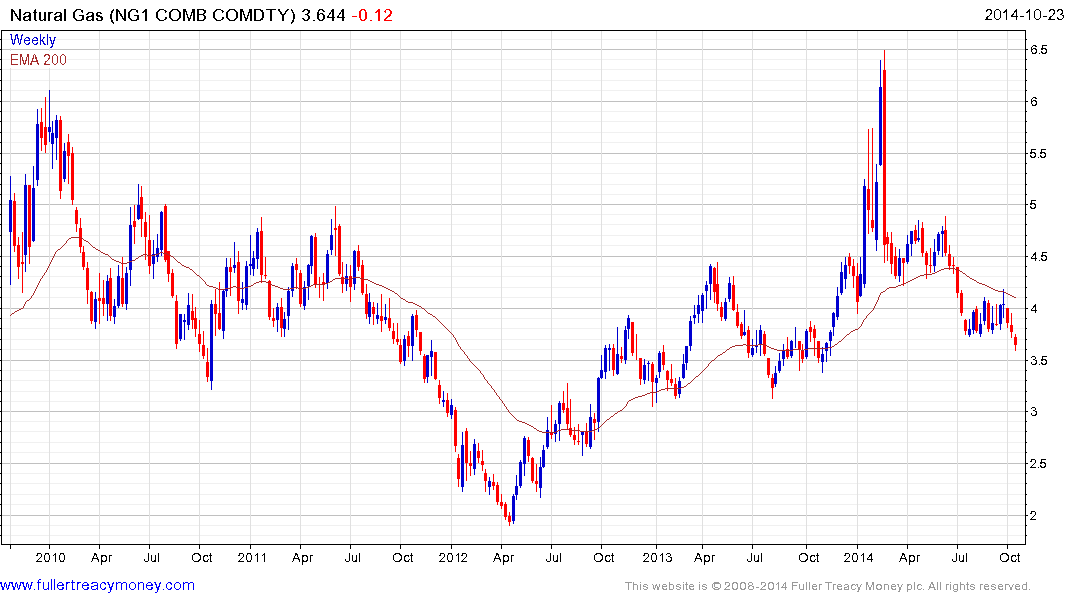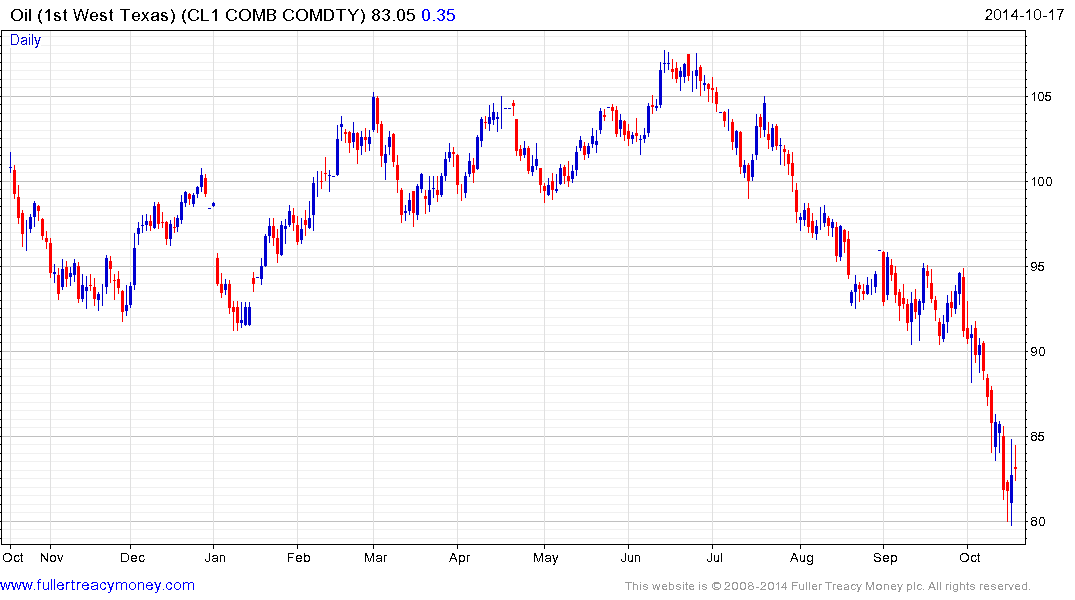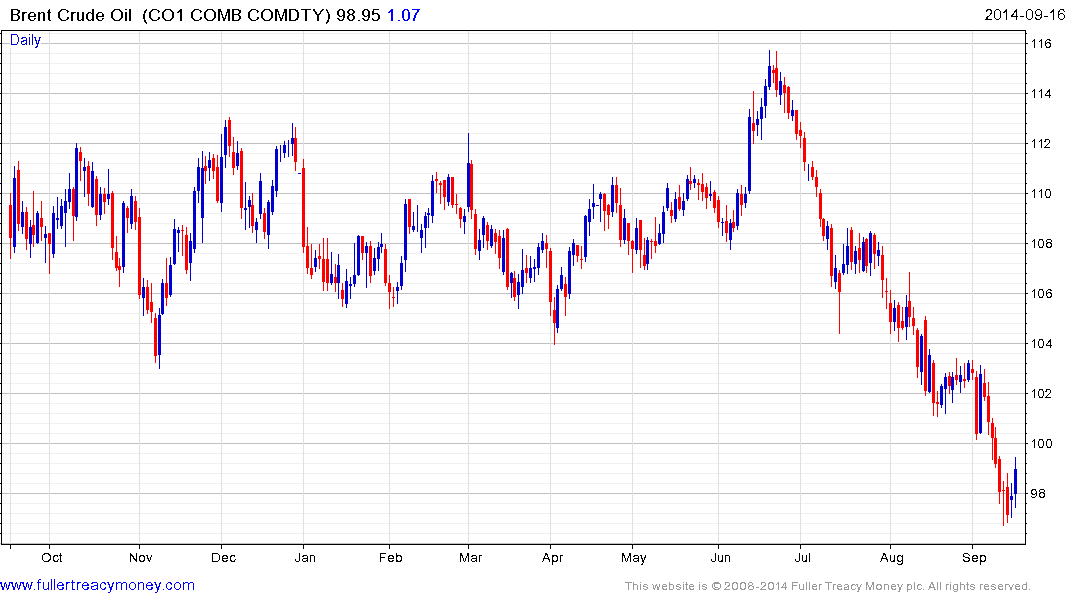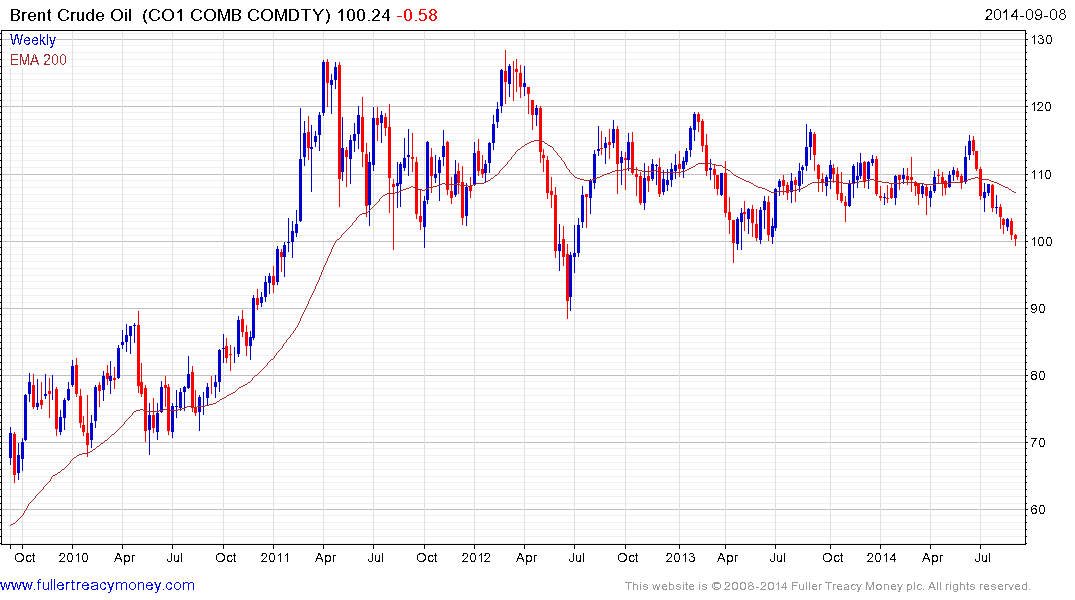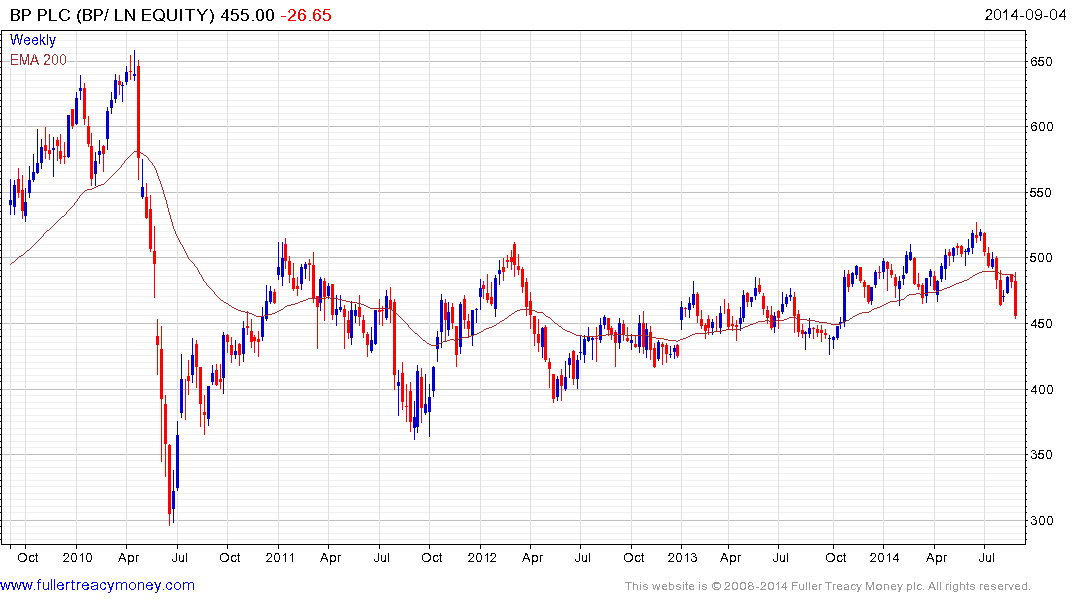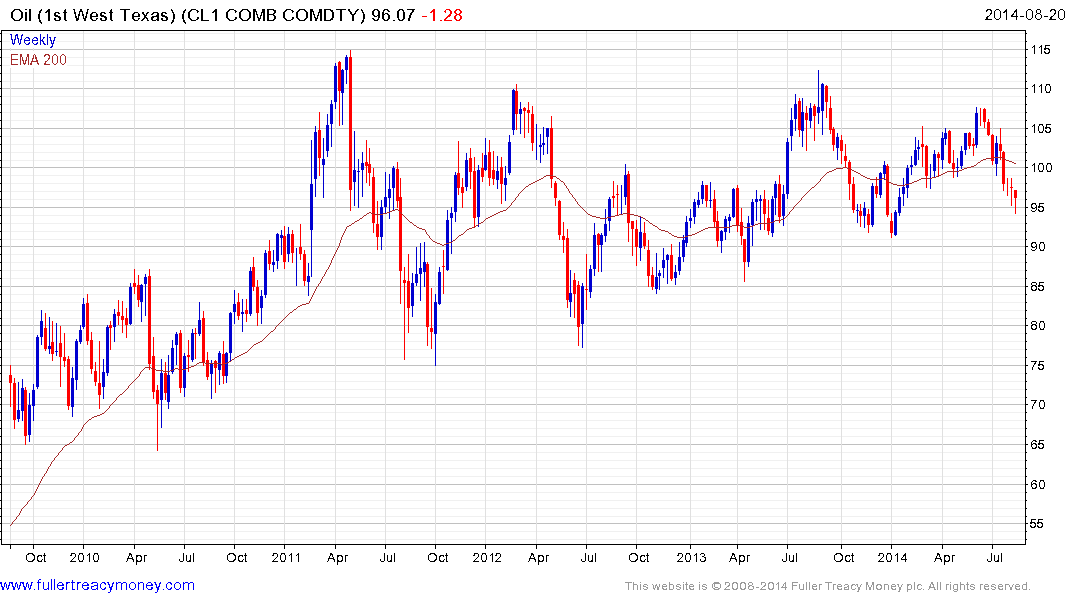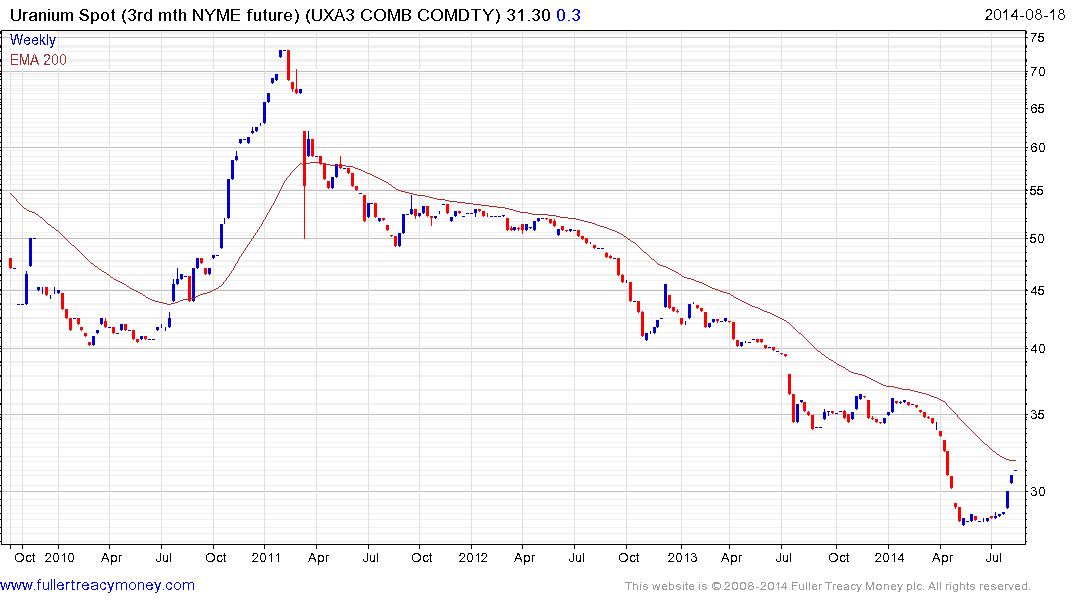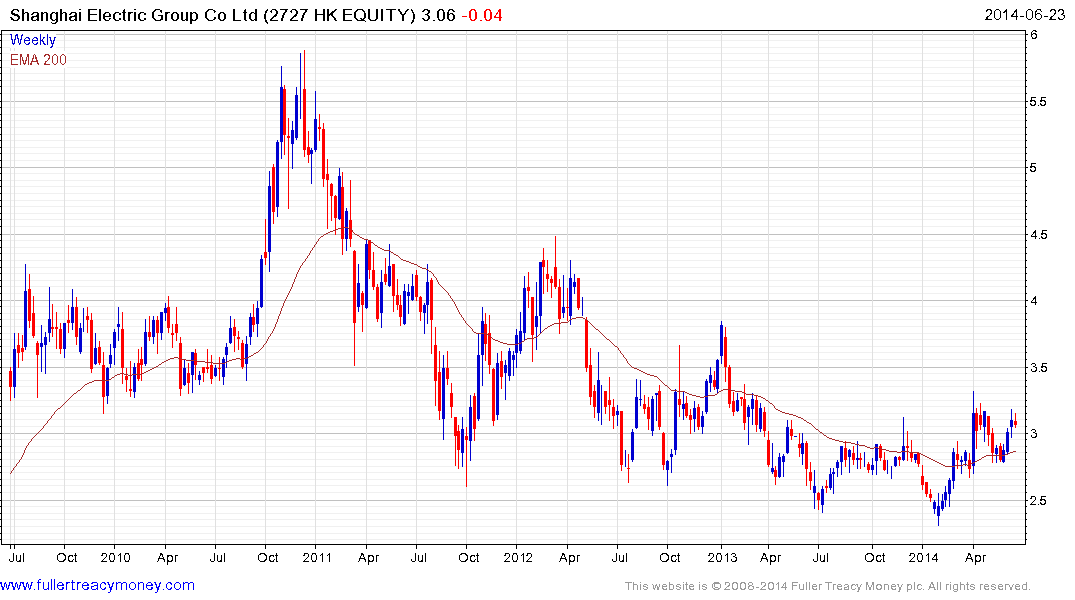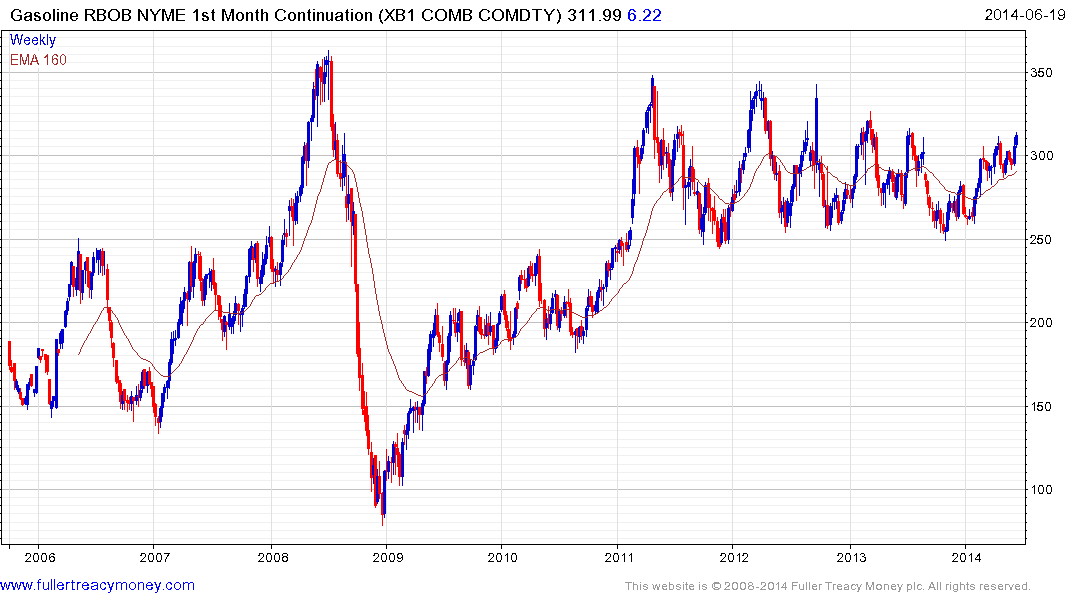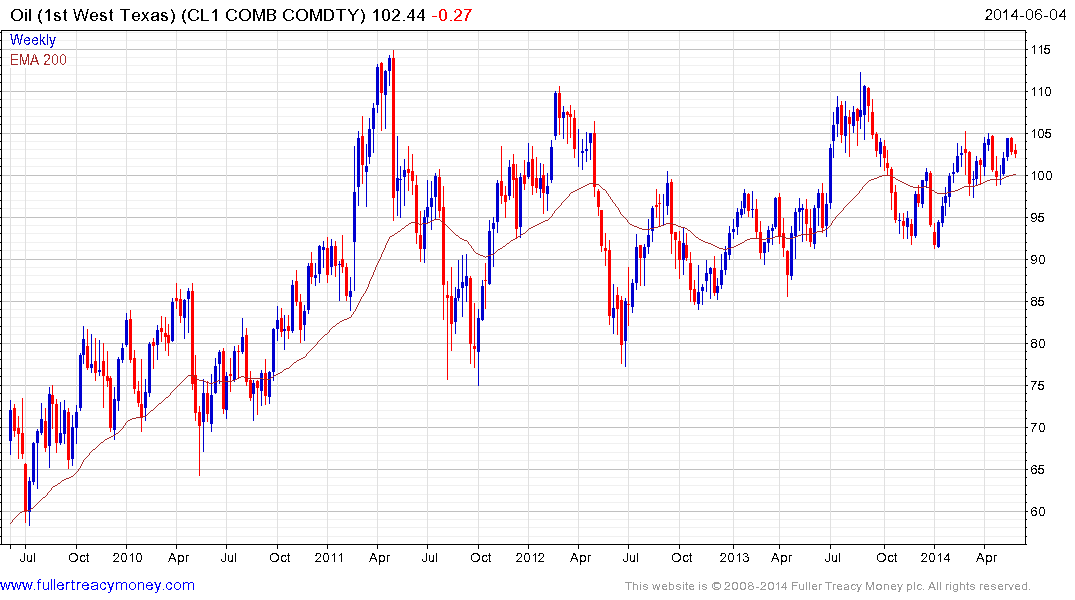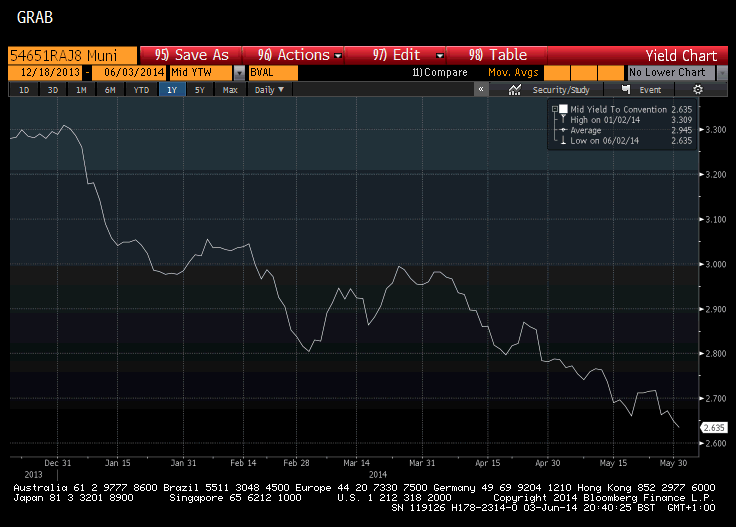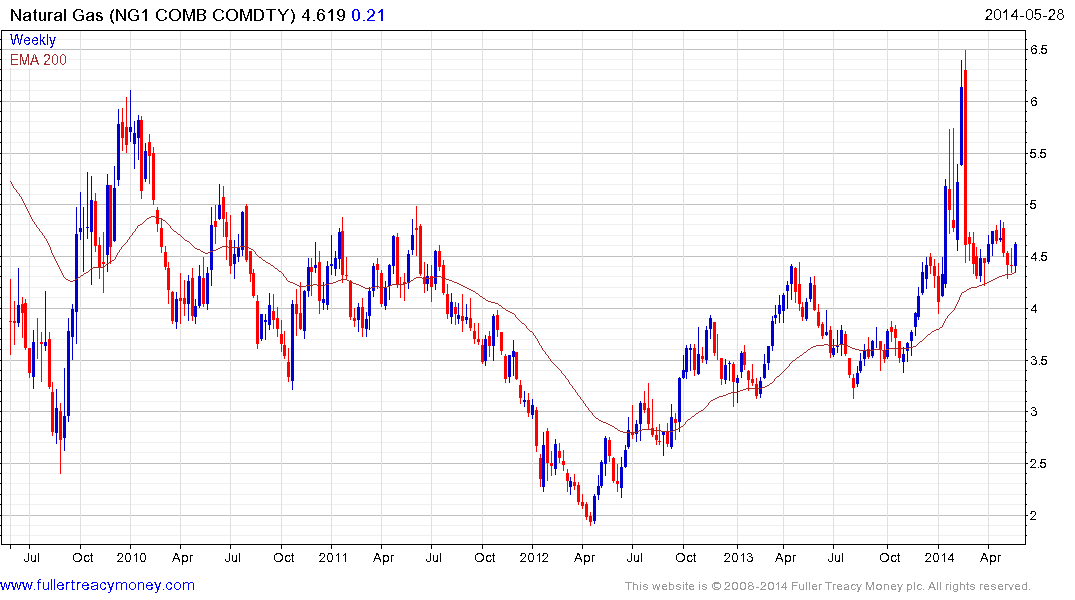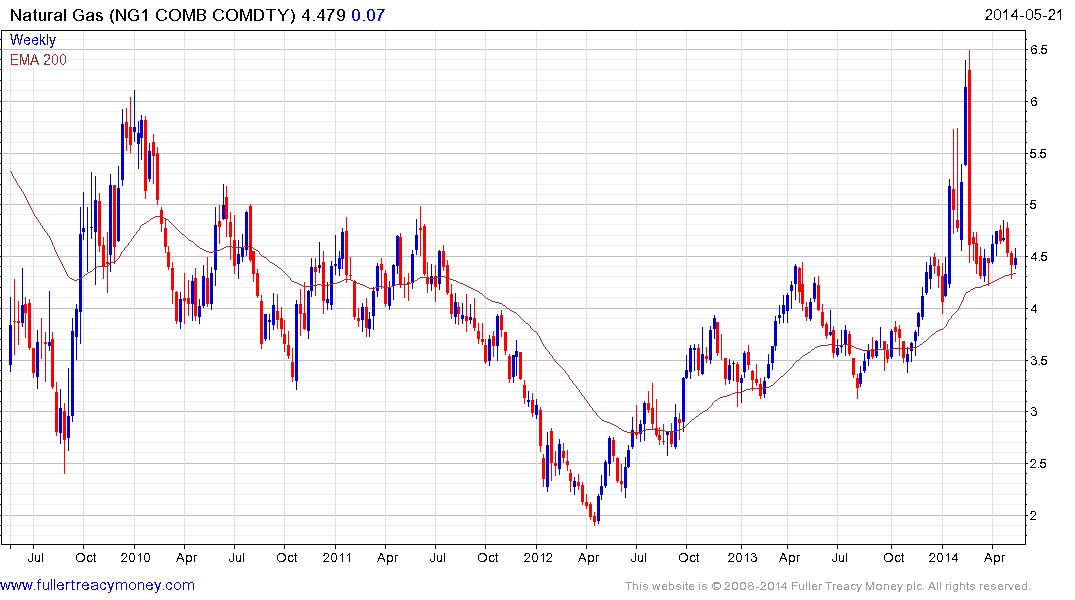From cars to power grids: battery technology from Daimler is accelerating the transition to renewable energy generation
This article from Daimler highlights its entry into the domestic and commercial energy storage sectors. Here is a section:
Eoin Treacy's view -Daimler is entering into business in the field of stationary energy storage plants with its one hundred percent subsidiary Deutsche ACCUmotive. The first industrial-scale lithium-ion unit is already on the grid and is being operated by the partner companies The Mobility House AG and GETEC Energie AG. For business with private customers in the area of energy storage in Germany, Daimler AG is planning to collaborate with EnBW AG. Daimler is also aiming to enter into cooperation with other sales and distribution partners both in Germany and at international level. "Mercedes-Benz energy storages provide the best confirmation that lithium-ion batteries Made in Germany have a viable future," says Harald Kröger, Head of Development Electrics/Electronics & E-Drive Mercedes-Benz Cars. "With our comprehensive battery expertise at Deutsche ACCUmotive we are accelerating the transition to sustainable energy generation both on the road and in the field of power supply for companies and private households. The technology that has proven its worth over millions of kilometres covered in the most adverse conditions, such as extreme heat and cold, also offers the best credentials for stationary use. We have been gathering initial experience in this field since 2012."
Daimler was in the news last month for its introduction of driverless haulage vehicles to Nevada following the state’s legislation on autonomous vehicles. The company’s entry into the domestic and commercial energy storage sectors is equally ground breaking and suggests it has ambitions of being a pioneer in the future of transportation and energy storage.
This section continues in the Subscriber's Area. Back to top



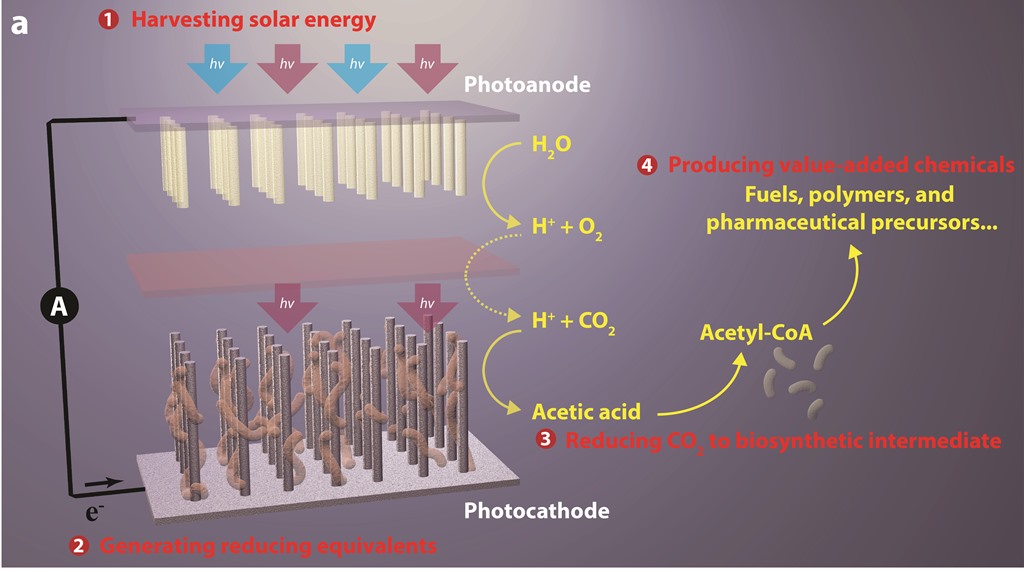
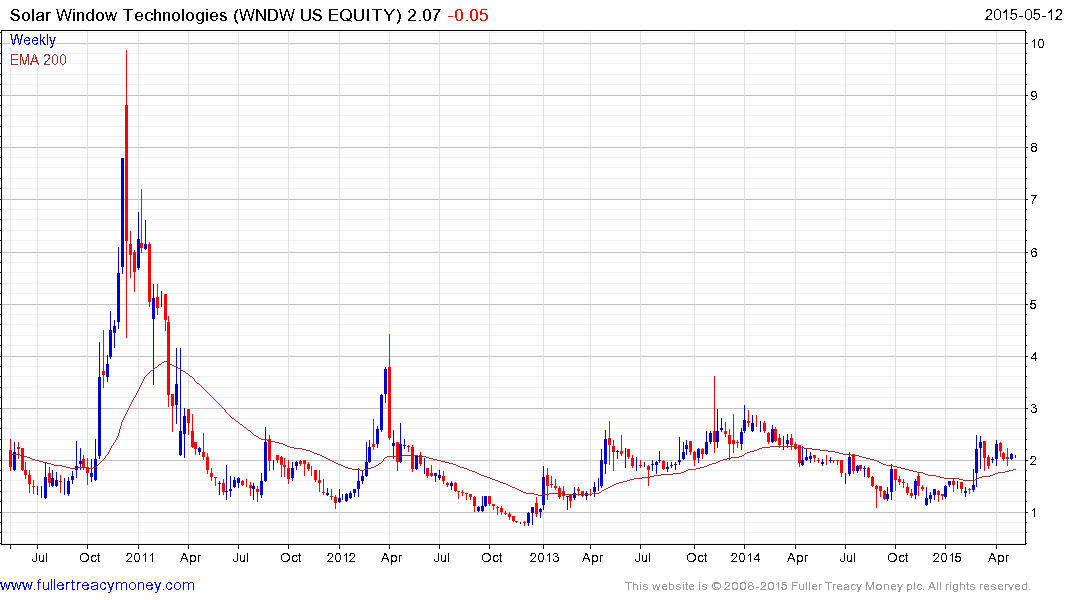
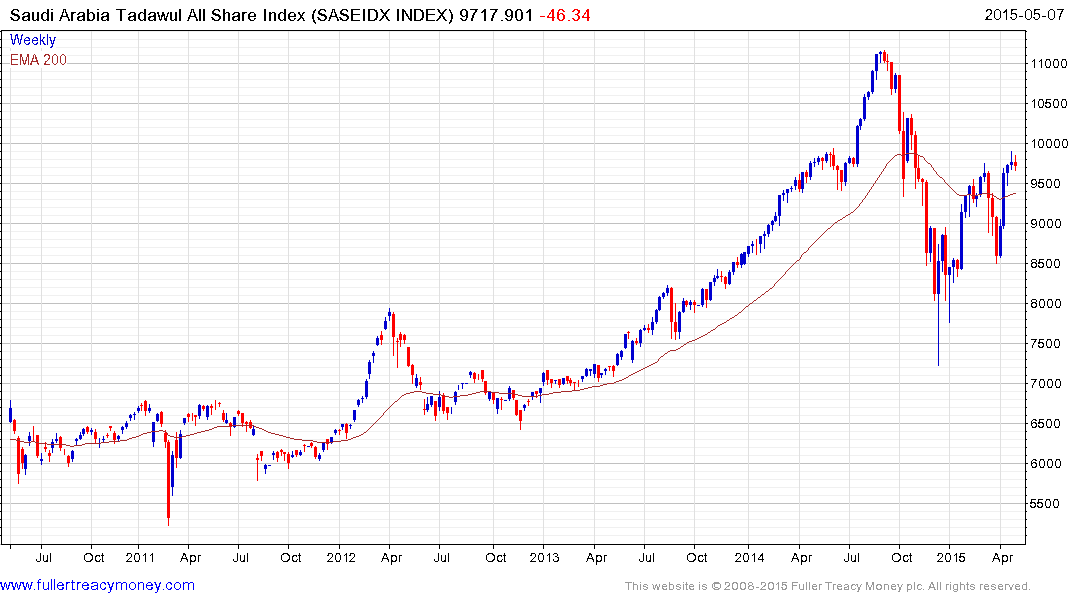
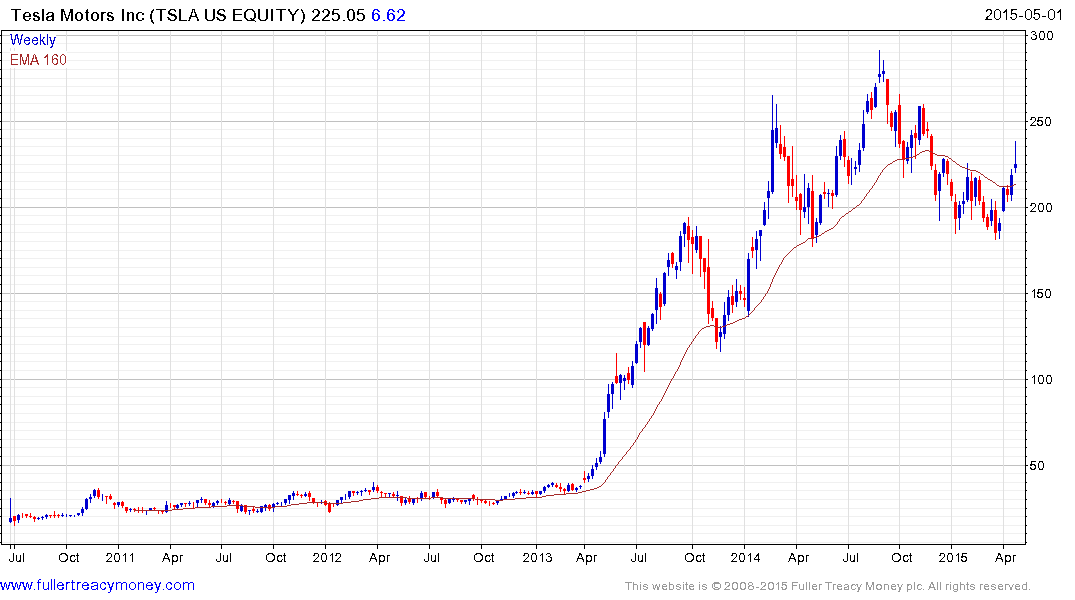
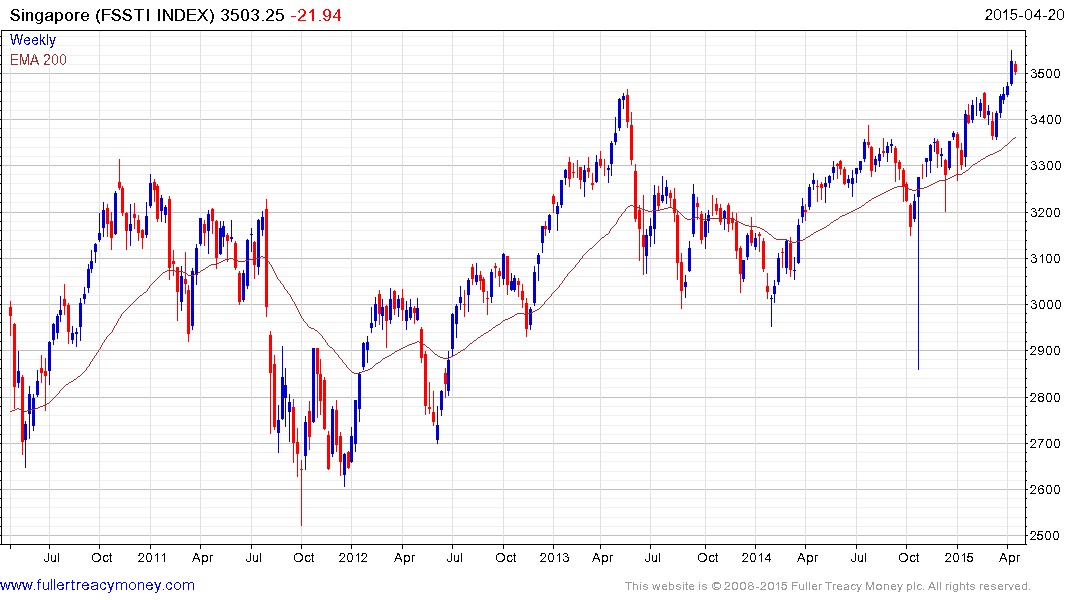
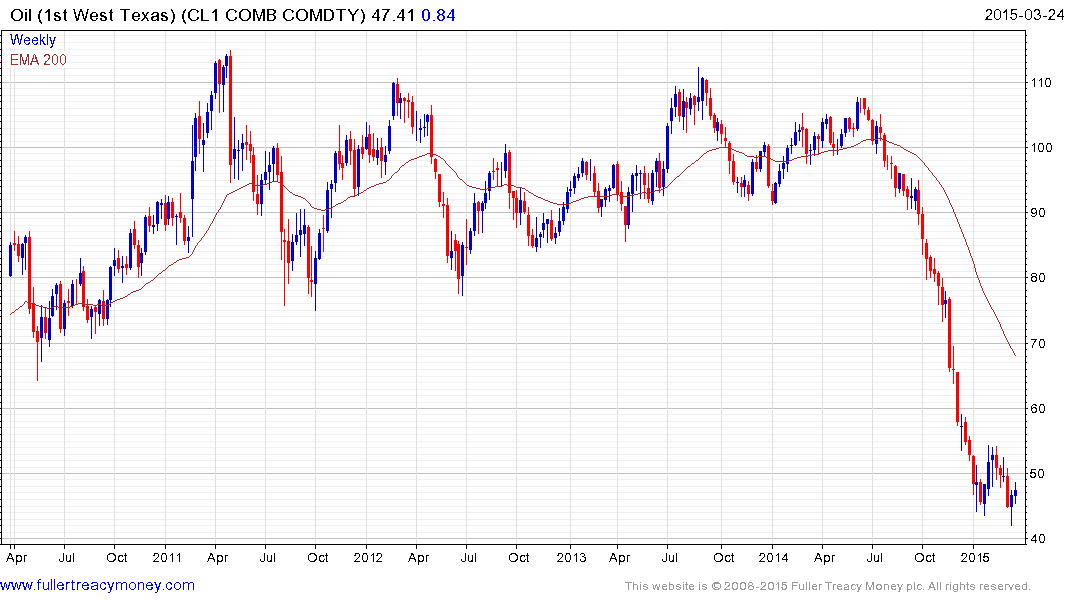
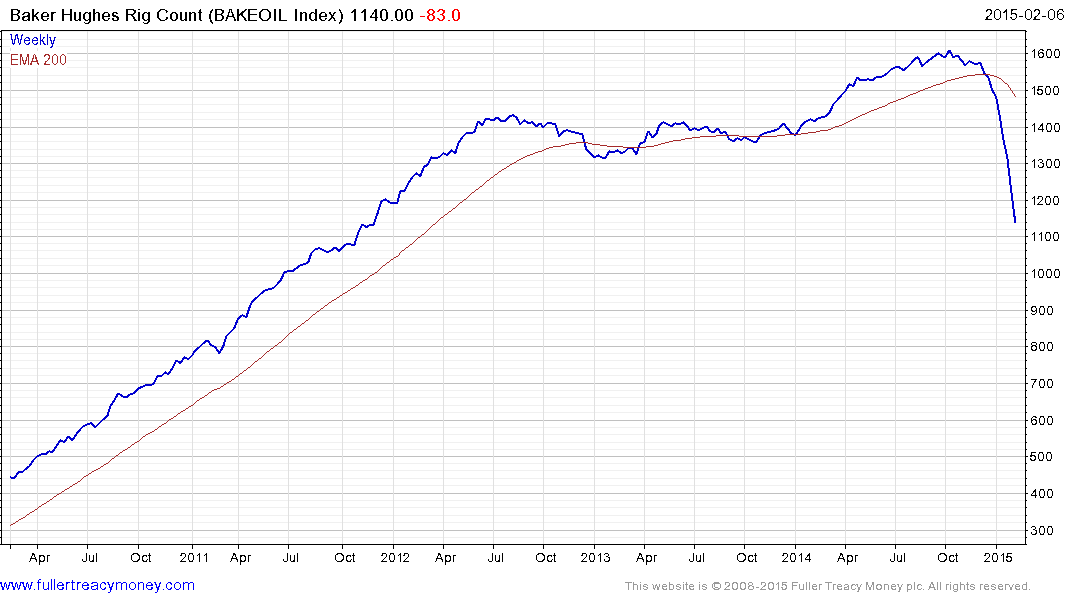
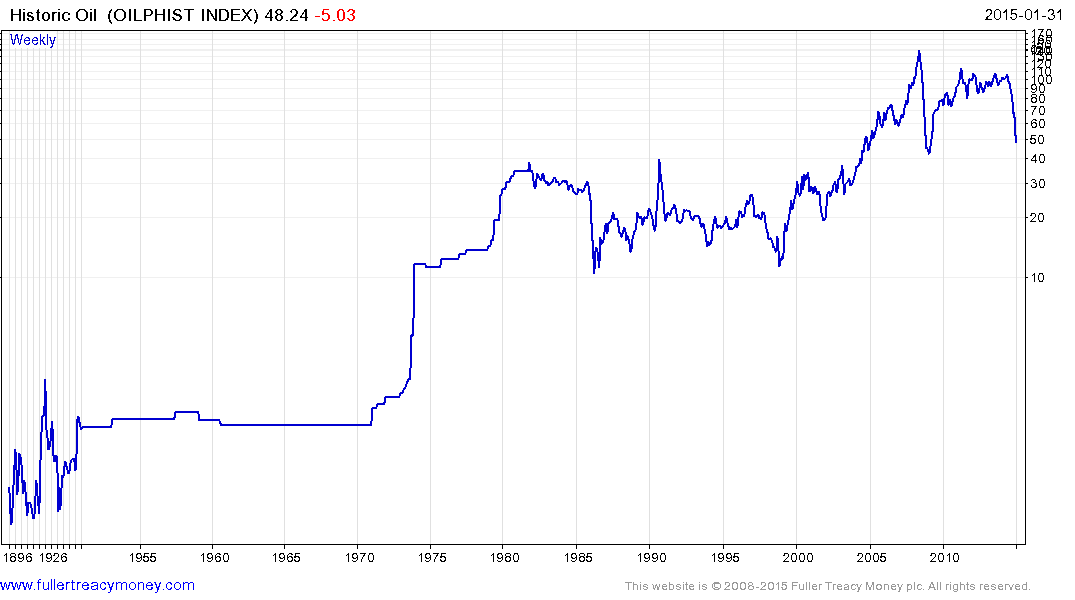
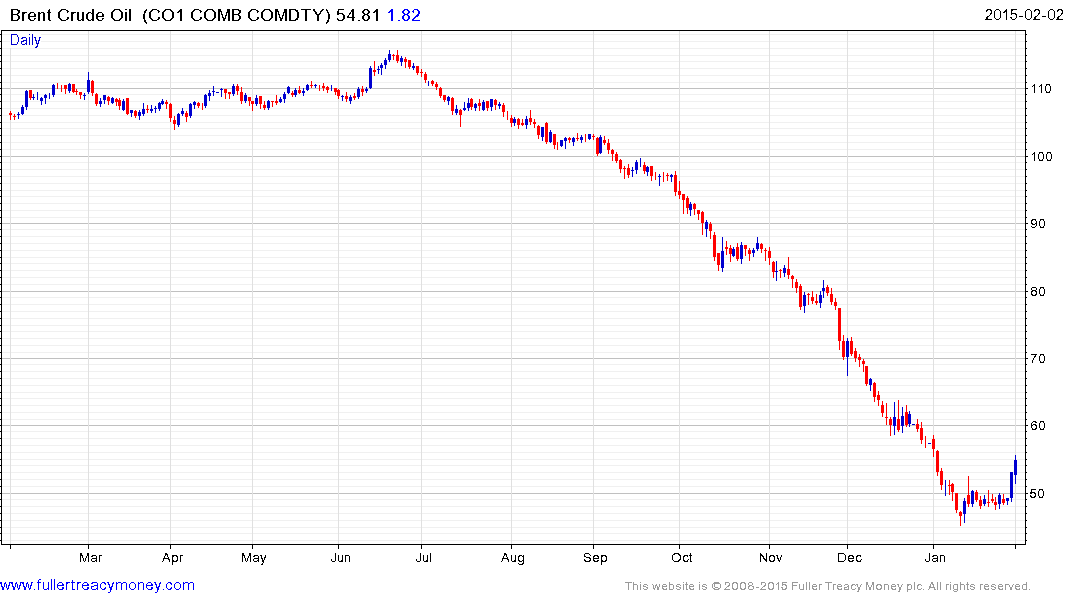
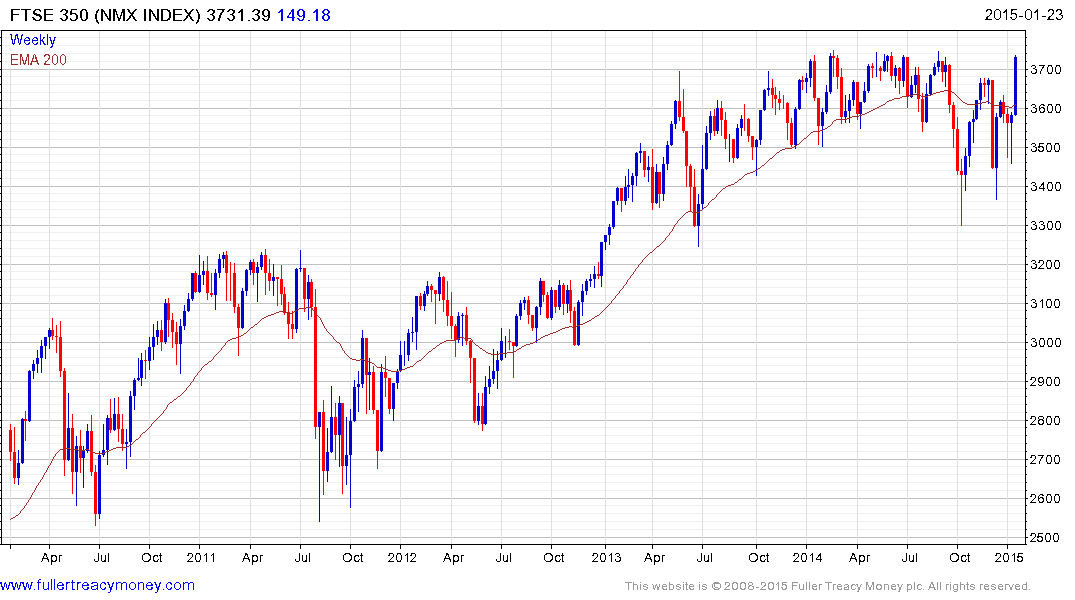
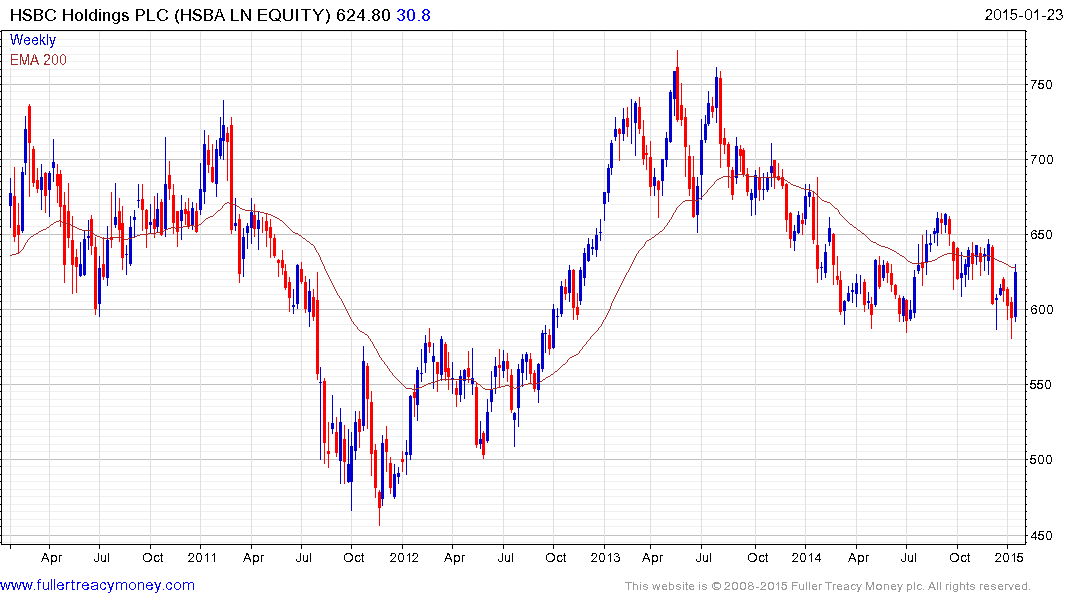
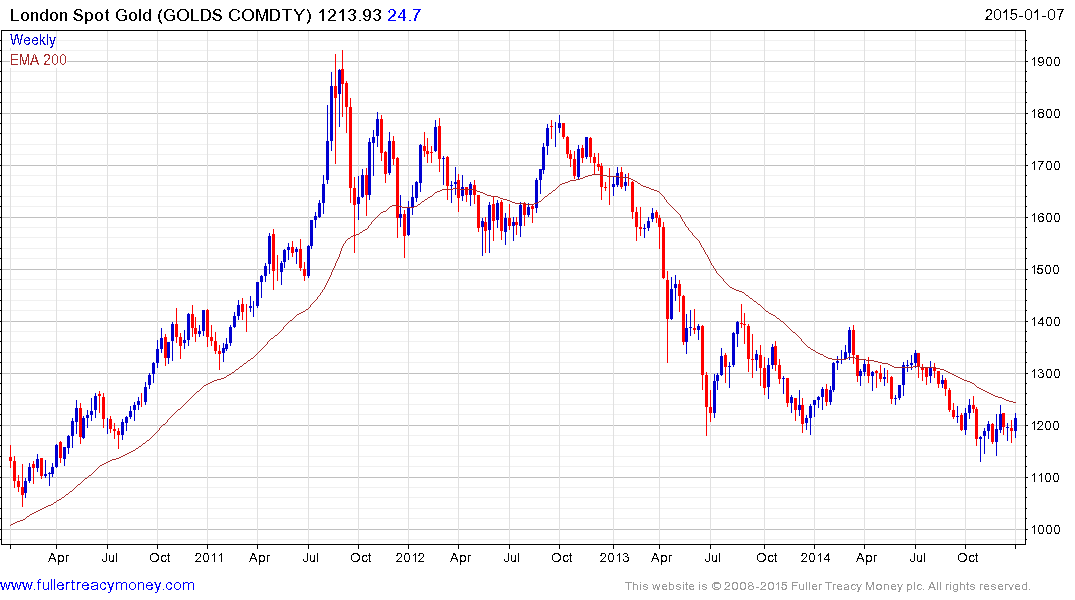
.png)
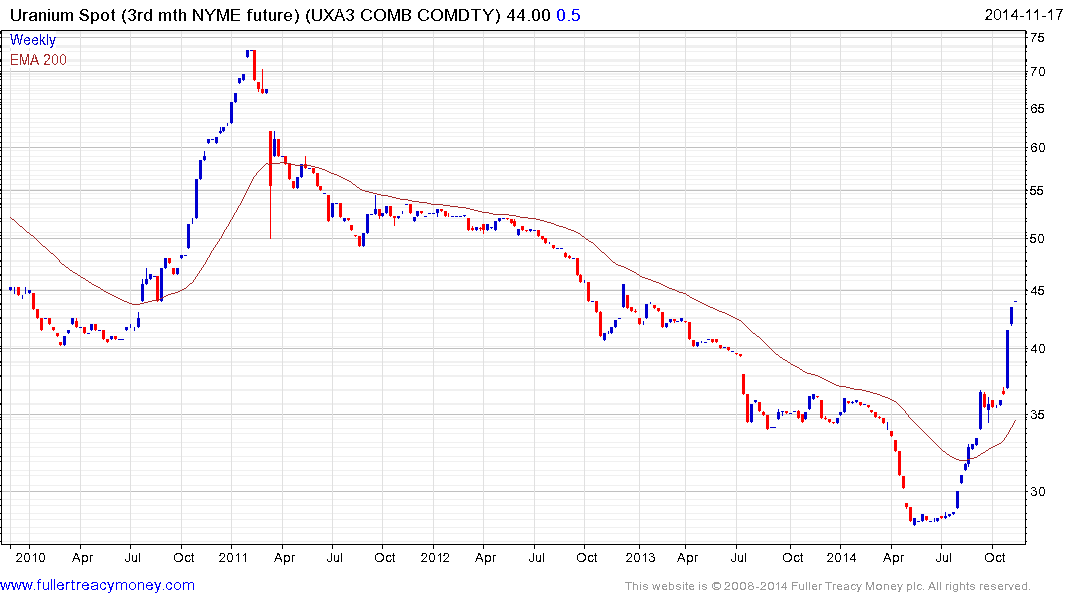
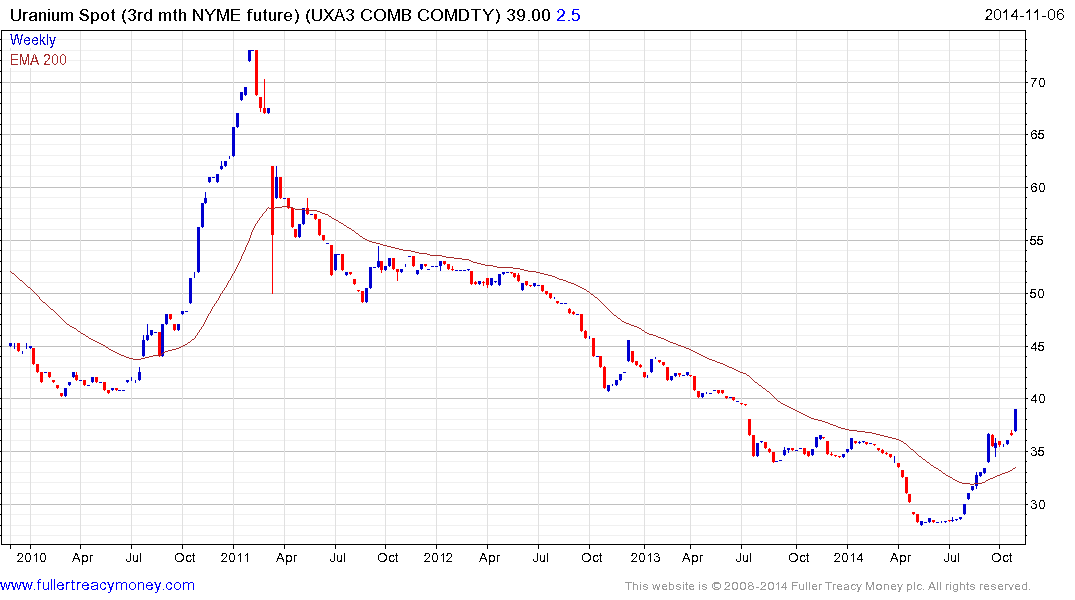
.png)
